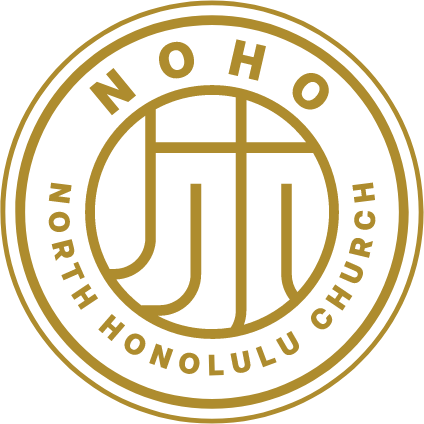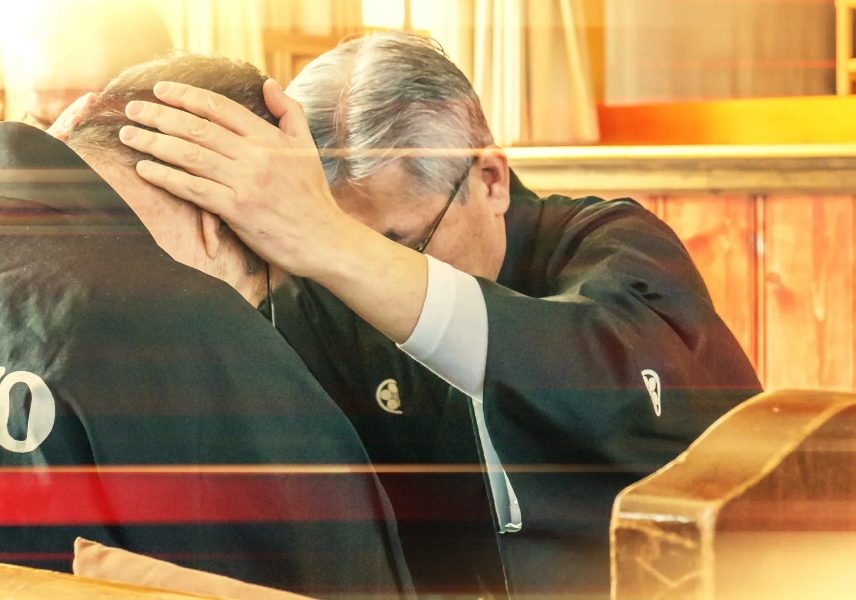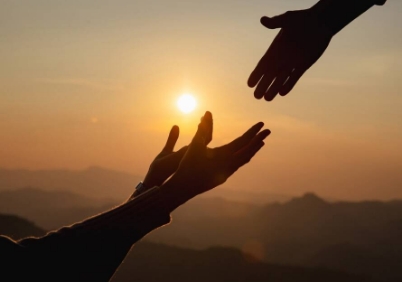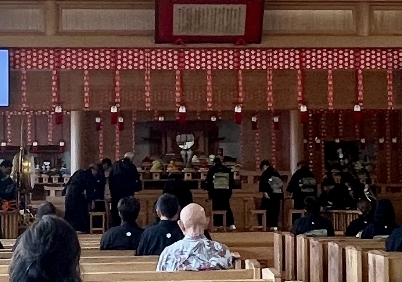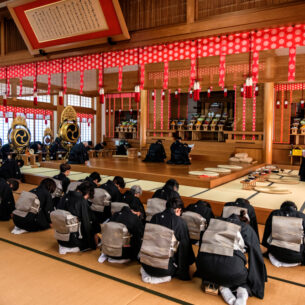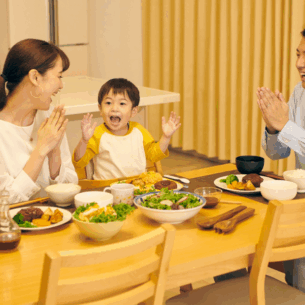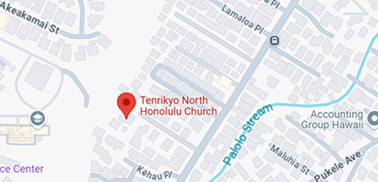In Tenrikyo, we believe that by saving others, you will be saved. Ultimately, this is because reaching the Joyous Life World means that no one can be left behind. God desires our sincerity in working toward the Joyous Life World. Part of that means, necessarily, that we must help others who may be lagging behind, whether they are suffering mentally, emotionally or physically. God, through Oyasama, provides us with certain formalized tools for the effort to help them. One of these tools is the Sazuke, a form of faith healing.
The Sazuke is a pivotal faith healing ritual designed to provide relief and recovery from illness and suffering. This sacred practice involves special prayers and hand movements performed by qualified followers, known as “instruments,” who have received proper training and the sacred Grant.
